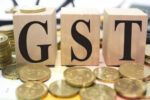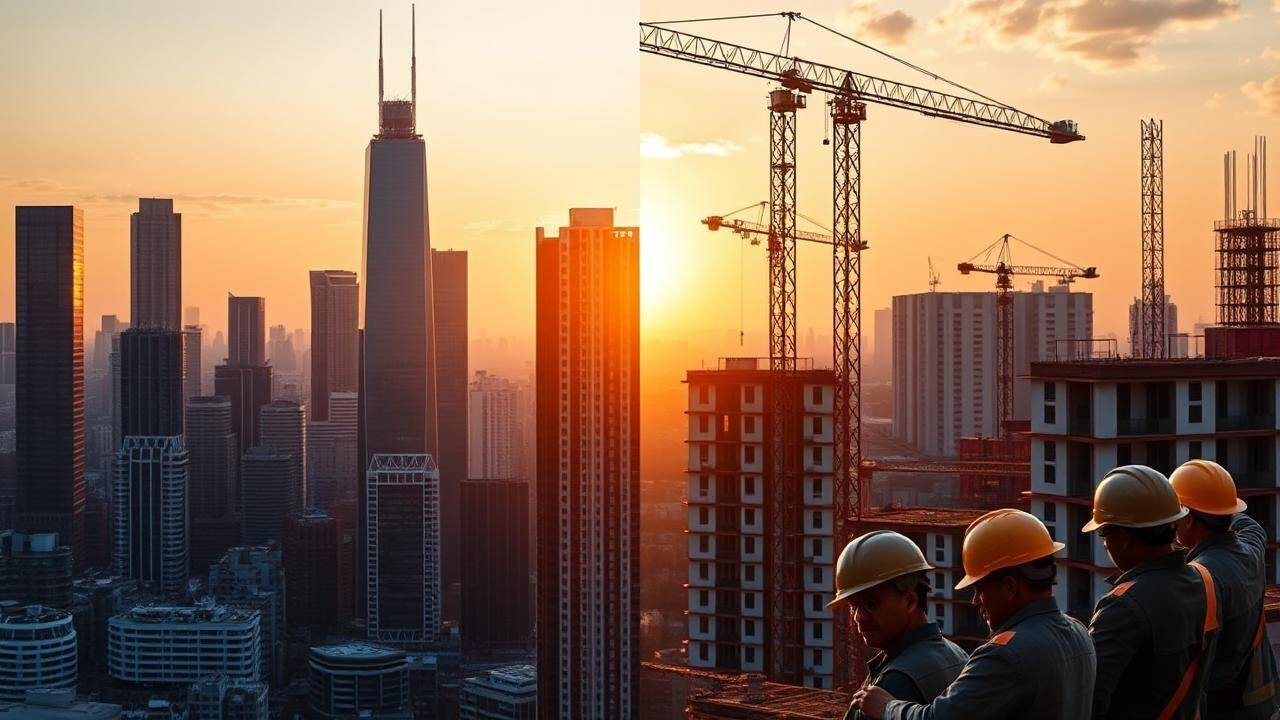Is the Indian Auto Industry Hitting the Brakes? Decoding the August Slowdown
Something’s definitely shifting in the Indian automotive landscape. For months, we’ve been cruising along, witnessing impressive sales figures and a seemingly insatiable appetite for new vehicles. But August painted a slightly different picture, with car sales experiencing a noticeable slowdown. What’s driving this change of pace? Is it a temporary blip, or a sign of a larger trend?
Several factors seem to be converging, creating a headwind for automakers. The most prominent? Whispers of potential GST rate cuts. Imagine you’re about to make a significant purchase – wouldn’t you hold off if you thought you could save a considerable chunk of change in the near future? That’s precisely what many potential car buyers seem to be doing. The anticipation of lower taxes has undeniably dampened the buying spirit, putting a pause on purchase decisions.
GST Speculation Impacts Car Sales
The Goods and Services Tax (GST) is a major component of a car’s final price, so even rumors of a rate reduction can have a significant impact. Consumers, armed with information (and misinformation) from various sources, are understandably hesitant to commit to a purchase now, fearing they might miss out on a better deal down the line. This “wait-and-see” approach is particularly prevalent in segments where price sensitivity is high, like the entry-level and mid-size categories.
But GST isn’t the only factor at play. Macroeconomic conditions also contribute to the equation. While the Indian economy has shown resilience, concerns about inflation and rising interest rates linger. These factors can affect consumer confidence and disposable income, leading to a more cautious approach to big-ticket items like cars. After all, a car purchase isn’t just about the sticker price; it’s about the long-term costs of ownership, including fuel, maintenance, and insurance.

Are Rising Costs Stalling the Auto Industry?
The rising cost of raw materials and manufacturing processes is another challenge the automotive industry is grappling with. Automakers have been absorbing some of these costs, but eventually, they need to pass them on to the consumer, resulting in higher prices. This upward pressure on prices can further deter potential buyers, especially in a price-conscious market like India.
Furthermore, the increasing popularity of electric vehicles (EVs) is adding another layer of complexity. While EVs still represent a relatively small share of the overall market, their growing appeal is undeniable. Some consumers are delaying their purchase decisions, waiting for more EV models to become available, or for the charging infrastructure to improve. The shift towards electric mobility is a long-term trend, but it’s already influencing buyer behavior. We explore this exciting trend in depth in our post about the future of EV charging infrastructure.
What Does This Mean for the Future?
So, what does all this mean for the Indian automotive industry? Is this slowdown a temporary bump in the road, or a sign of a more significant shift? The answer, as always, is complex.
The outcome hinges on several factors, including the government’s decision on GST rates, the overall health of the economy, and the continued evolution of the EV market. If the government announces a GST cut, we can expect to see a resurgence in sales as pent-up demand is unleashed. However, if economic headwinds persist, or if the shift towards EVs accelerates more rapidly than anticipated, the industry might face a more challenging period.
One thing is certain: the Indian automotive market is dynamic and ever-evolving. Automakers will need to adapt to the changing landscape by offering compelling products, managing costs effectively, and embracing new technologies. The road ahead may be bumpy, but the long-term potential of the Indian auto market remains immense.







